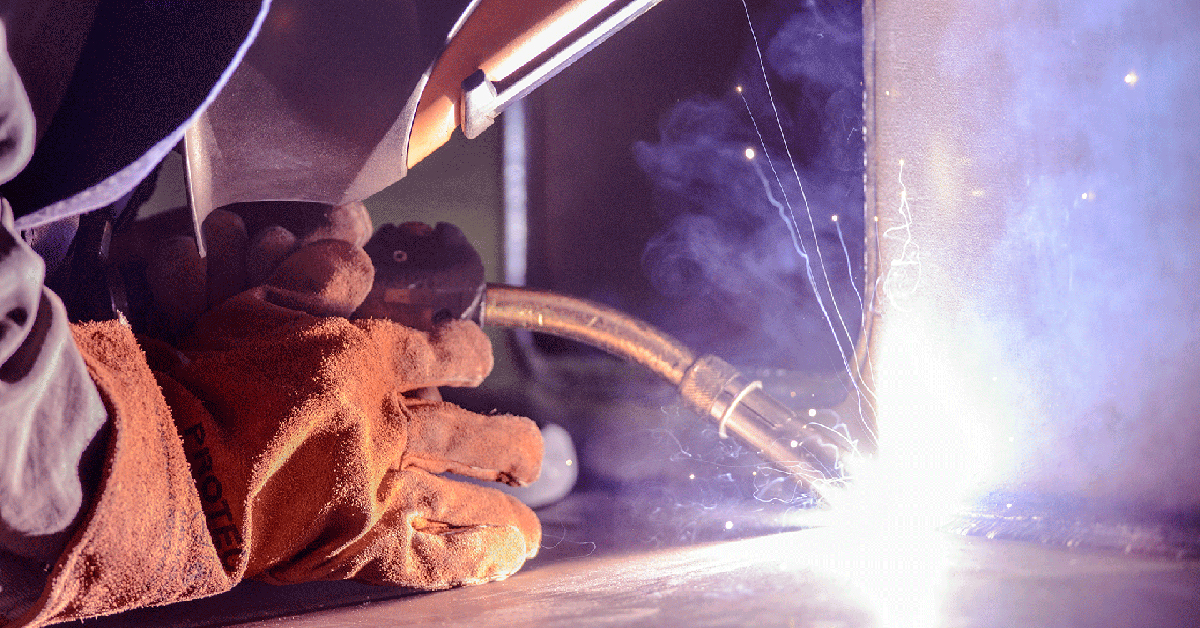Best Overview to Preventing Weld Undercut: Tips and Techniques
Best Overview to Preventing Weld Undercut: Tips and Techniques
Blog Article
Mastering the Art of Welding: Just How to Stay Clear Of Undercut Welding Issues for Flawless Construction Results
By recognizing the origin causes of undercut welding and carrying out effective techniques to stop it, welders can boost their craft to new levels of excellence. In the quest of remarkable fabrication results, grasping the art of welding to prevent undercut concerns is not simply a skill but a requirement for those making every effort for perfection in their job.
Understanding Undercut Welding

To protect against undercut welding, welders should guarantee appropriate welding criteria, such as readjusting the current, voltage, travel speed, and preserving the right electrode angle. By comprehending the reasons of undercut welding and executing preventative actions, welders can attain high-quality, structurally sound welds.
Sources Of Undercut in Welding
Comprehending the factors that add to damage in welding is crucial for welders to create premium, structurally sound welds. Insufficient welding wrong or present welding rate can likewise contribute to undercut. Comprehending these reasons and executing proper welding methods can assist avoid undercutting issues, guaranteeing solid and resilient welds.
Techniques to Stop Undercutting

To alleviate the risk of undercutting in welding, welders can utilize calculated welding strategies intended at enhancing the high quality and stability of the weld joints. Additionally, making use of the proper welding strategy for the particular joint setup, such as weave or stringer grains, can contribute to lowering undercutting.
Employing back-step welding techniques and managing the weld grain profile can additionally aid disperse heat uniformly and reduce the threat of undercut. Routine inspection of the weld joint during and after welding, as well as applying quality assurance procedures, can assist in discovering and dealing with damaging concerns quickly.
Significance of Appropriate Welding Parameters
Choosing and maintaining appropriate welding criteria is crucial for achieving effective welds with marginal problems. Welding specifications refer to variables such as voltage, present, take a trip speed, electrode angle, and shielding gas circulation price that directly impact the welding process. These criteria must be meticulously adjusted based on the sort of product being welded, its density, and the welding method try these out employed.
Correct welding additional info parameters make sure the ideal amount of warmth is put on thaw the base metals and filler product uniformly. If the specifications are set also high, it can lead to too much warmth input, triggering spatter, burn-through, or distortion. On the various other hand, if the criteria are as well low, insufficient blend, lack of penetration, or damaging may occur.
Quality Assurance in Welding Workflow

Conclusion
Finally, mastering the art of welding calls for a thorough understanding of undercut welding, its reasons, and methods to stop it. By ensuring appropriate welding parameters and applying high quality assurance practices, remarkable manufacture results can be achieved. It is vital for welders to regularly strive for quality in their welding operations to prevent undercut problems and create find this high-grade welds.
Undercut welding, an usual flaw in welding procedures, happens when the weld metal does not effectively fill up the groove and leaves a groove or clinical depression along the bonded joint.To prevent undercut welding, welders need to make certain proper welding parameters, such as readjusting the current, voltage, travel rate, and keeping the correct electrode angle. Poor welding incorrect or existing welding rate can additionally add to damage.To minimize the danger of undercutting in welding, welders can use calculated welding strategies aimed at enhancing the top quality and stability of the weld joints.In final thought, mastering the art of welding calls for a thorough understanding of undercut welding, its causes, and techniques to avoid it.
Report this page